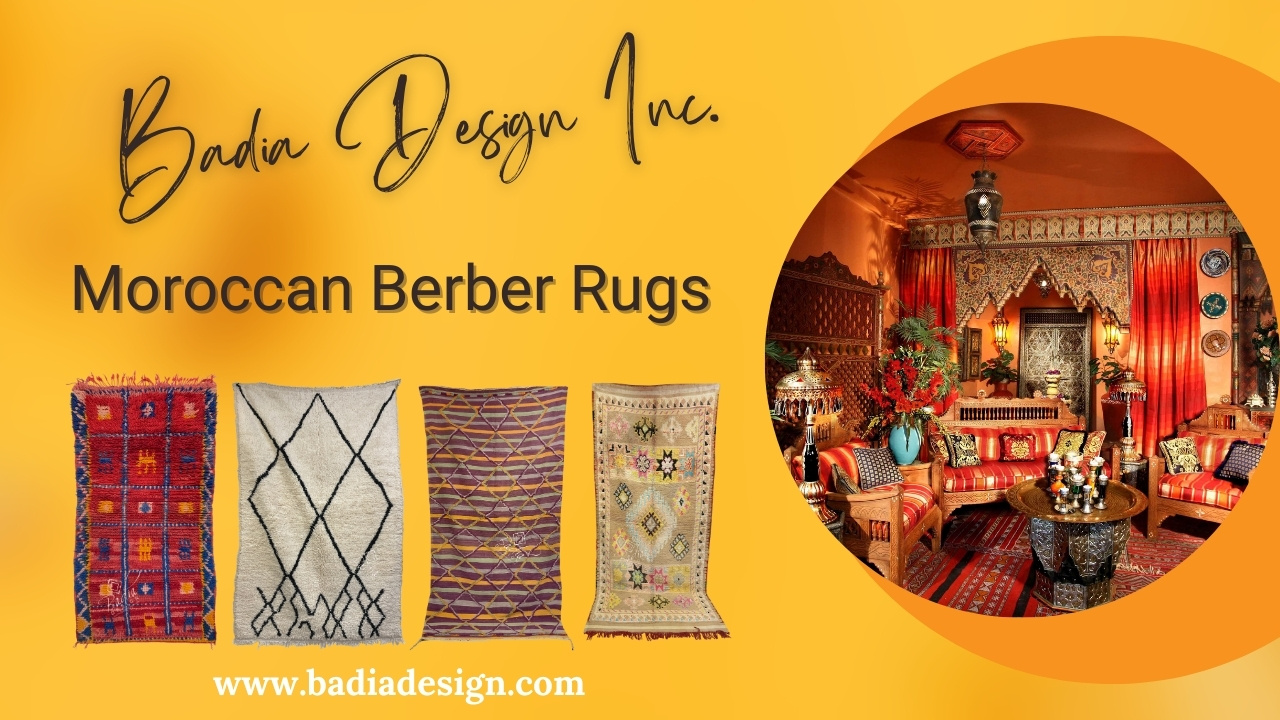Moroccan Berber Carpets
Moroccan Berber Carpets
Blog Article
Moroccan Berber Rugs: A Heritage of Craftsmanship, Culture, and Style
These rugs have enchanted people across the globe with their deep cultural roots, intricate craftsmanship, and versatile aesthetics. Whether you are furnishing a cozy living room, a chic office space, or a upscale resort, these rugs go beyond practicality to become cultural and artistic masterpieces. This guide delves into the rich origins of Moroccan Berber rugs, the detailed artistry involved in their production, their exceptional longevity, and creative ways to incorporate them into today’s interiors.
The origins of Moroccan Berber rugs can be traced back millennia to the indigenous communities of North Africa. The Berbers, with their deeply rooted traditions, crafted unique weaving methods to meet the demands of their nomadic lifestyles and varied environmental conditions.
The symbols and motifs in these rugs narrate stories that are specific to the tribe or family of origin. Motifs often symbolize themes like protection, nature, or fertility, giving each rug a profound heritage. Originally, these rugs were crafted for utilitarian purposes, such as providing warmth during harsh winters in the Atlas Mountains or acting as soft bedding in arid desert regions.
During the 20th century, these rugs were popularized by architects such as Le Corbusier and Frank Lloyd Wright, who used them in prestigious projects. Now, these rugs are prized for their beauty and rich tradition.
The production of Moroccan Berber rugs is an intricate process passed on through generations. It represents a perfect blend of cultural heritage and artistic skill.
These rugs are made from materials like wool, camel hair, and cotton, valued for their strength and softness. Wool stands out for being both durable and cozy, as well as for its natural warmth. The wool is usually spun by hand, resulting in a truly individual finish.
Weaving these rugs is a time-intensive process, requiring weeks or months on traditional looms. The knots—whether Beni Ourain’s loose and shaggy texture or the tighter weave of Azilal rugs—define the rug’s durability and appearance.
Artisans rely on natural dyes from plants and minerals to achieve the vivid tones seen in Berber rugs. Earthy tones such as beige, cream, and brown are common in Beni Ourain rugs, while Azilal and Boucherouite rugs showcase bolder colors like reds, blues, and yellows.
The longevity of these rugs is one of their standout qualities. As a result, they’re an excellent fit for living spaces and work environments.
The use of high-quality natural fibers ensures that Berber rugs hold up over years of use. Wool’s natural flexibility and resistance to stains make it a perfect choice for lasting rugs.
Taking care of these rugs is straightforward. Routine vacuuming and periodic professional care can preserve their beauty for decades.
Styling Moroccan Berber Rugs in Contemporary Interiors
Incorporating Moroccan Berber rugs into contemporary interiors is easier than you might think. Their versatile designs and textures can complement a wide range of styles, from minimalist to bohemian.
1. Anchor a Living Room
A large Beni Ourain rug can serve as the focal point of your living area. The rug’s muted tones and clean lines bring cohesion to the space and exude coziness.
2. Introduce Vibrancy to Minimalist Rooms
In minimalist or neutral spaces, a colorful Azilal or Boucherouite rug can add a bold, eye-catching accent. These rugs work check here particularly well in neutral-toned rooms, where they serve as a focal point.
3. Layer Rugs for Texture
For a cozy, eclectic vibe, layer a smaller Berber rug over a larger natural-fiber rug, such as jute or sisal. This combination not only adds depth and texture but also highlights the intricate details of the Berber design.
4. Elevate the Look of Offices and Workspaces
Moroccan Berber rugs are perfect for adding elegance and warmth to professional spaces, including offices and lounges. The artisanal craftsmanship of these rugs radiates authenticity and refinement.
5. Use as Wall Art
Certain Moroccan Berber rugs are so beautiful that they function wonderfully as wall art. Hanging a rug on the wall can add a unique touch to your home or business, showcasing the craftsmanship and cultural heritage of the piece.
Reasons to Invest in Moroccan Berber Rugs
For both homeowners and businesses, Moroccan Berber rugs represent a blend of practicality, aesthetics, and cultural significance. These rugs are built to last, and their classic designs remain relevant despite evolving decor trends.
Sustainability and Ethical Production
Berber rugs are often made with environmentally responsible and sustainable techniques. Purchasing these rugs helps preserve artisan traditions while enriching your decor with sustainable beauty.
Increasing Value Over Time
Authentic Moroccan Berber rugs often appreciate in value over time, especially vintage or rare pieces. They are both functional decor and collectible assets.
 Report this page
Report this page